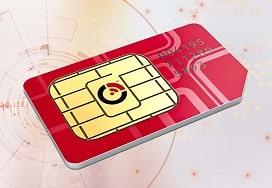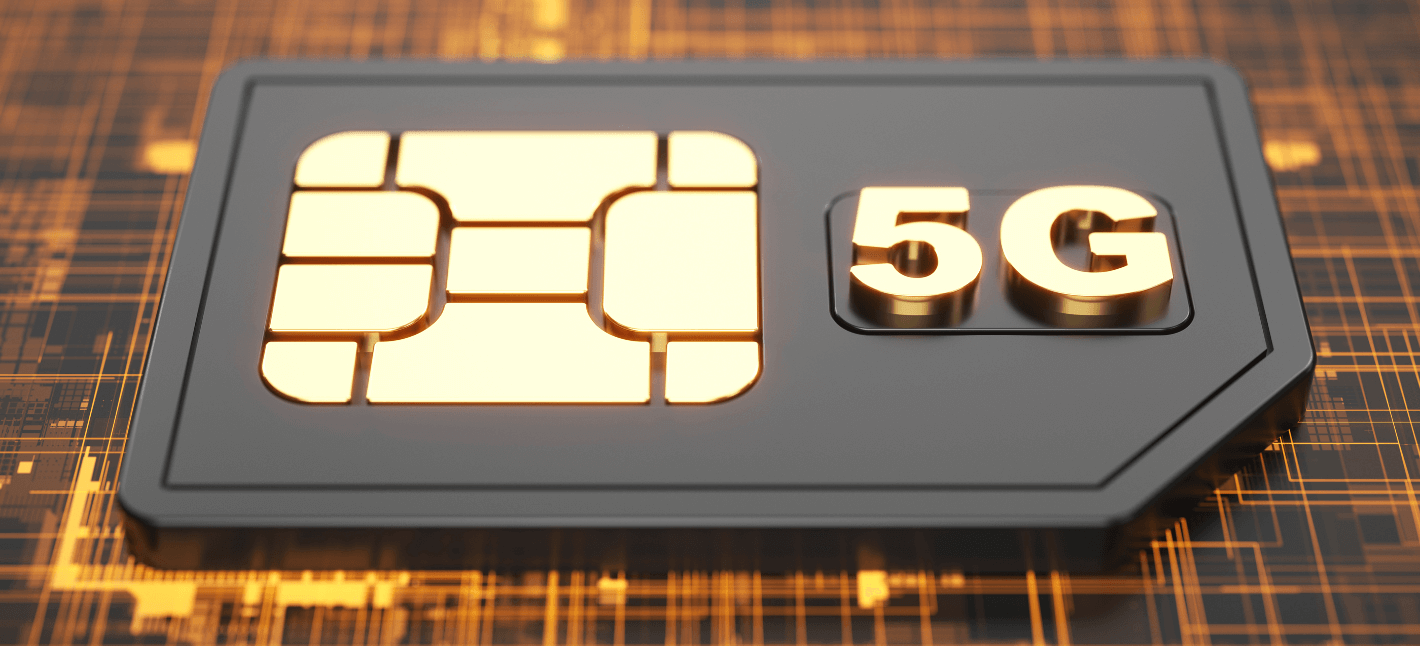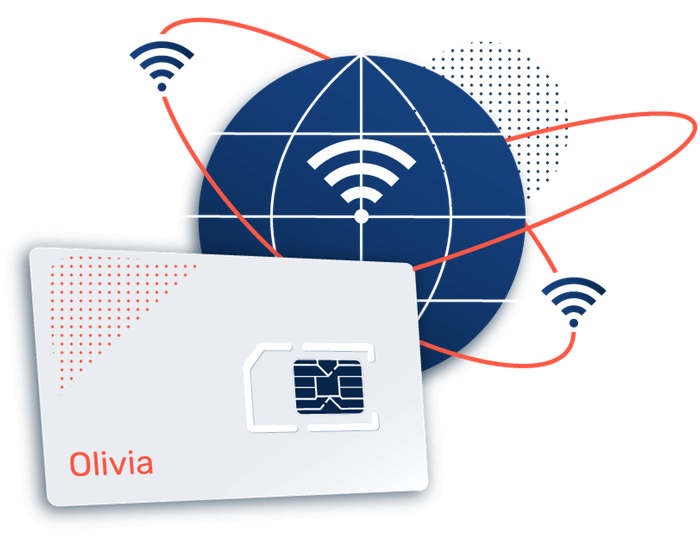Managed IoT Connectivity Services Providers of Cellular IoT Connectivity
The landscape of the Internet of Things (IoT) is vast and varied, offering an array of connectivity options tailored to different use instances. In this complicated ecosystem, the choice between cellular and non-cellular IoT connectivity plays a pivotal role in determining the success of IoT deployments.
Cellular IoT connectivity utilizes existing cell networks to facilitate communication. Internet Connectivity In IoT. This technology leverages the infrastructure of established cellular companies, thereby making certain extensive protection and high knowledge transfer charges. The convenience of using cellular networks means that intensive geographical areas could be lined without the necessity for laying new cables or deploying further infrastructure.
One of the numerous benefits of cellular connectivity is its confirmed reliability. Networks have been optimized through the years, guaranteeing that they can handle numerous related gadgets simultaneously. In environments the place consistent and reliable performance is crucial, cellular IoT supplies a solid basis, especially for purposes like telemedicine, vehicle monitoring, or smart city solutions.
IoT Connectivity Technologies Introduction to IoT Connectivity Options
Conversely, non-cellular IoT connectivity refers to technologies like Wi-Fi, Bluetooth, Zigbee, and LPWAN. These choices usually operate in short-range scenarios and are typically designed for particular purposes. They enable for the institution of local networks that can obtain high-speed information transfers but with limited range. This can make them a superb alternative for functions confined to a specific area, like house automation or industrial monitoring inside a manufacturing facility.
The alternative between these two connectivity types mainly hinges on the requirements of the precise software. For instance, a wise meter deployed in a distant location could significantly benefit from cellular connectivity due to the extended range and talent to transmit information over longer distances. On the opposite hand, a wise residence gadget, which operates inside a confined house, would possibly make the most of Wi-Fi or Bluetooth, given their functionality to supply sturdy native connectivity at decrease prices.
Moreover, energy consumption varies considerably between cellular and non-cellular technologies. Cellular gadgets, whereas more and more environment friendly, typically devour extra power compared to their non-cellular counterparts. This is a critical consideration for battery-powered units that purpose to function for extended durations without having frequent recharges or battery replacements. Non-cellular technologies typically allow for energy-saving modes which can prolong operational life, making them best for applications where longevity is paramount.
IoT Connectivity Security Benefits and Use Cases of IoT Connectivity Technologies
Cost components also play a significant function in making a call between cellular and non-cellular connectivity. The deployment of cellular IoT units typically entails service plans that incorporate ongoing subscription prices. In distinction, non-cellular options could require an upfront funding in infrastructure, but they can lead to decrease operational costs in the lengthy run.
Security concerns come up distinctly in each types of connectivity. Cellular networks provide a degree of built-in security because of their closed nature and reliance on established protocols. Encryption and authentication processes are sometimes strong, making it difficult for unauthorized customers to access the community. Non-cellular technologies, while handy, can probably expose gadgets to elevated security dangers, especially in open networks like public Wi-Fi - IoT Global Connectivity.
The scalability of an IoT system is one other issue to contemplate when deciding on connectivity options. Cellular networks have a tendency to supply greater scalability due to their capacity to accommodate a large volume of units over broad areas. This is especially helpful for enterprises looking to increase their IoT deployments without the want to overhaul existing infrastructure.
IoT Connectivity Pricing Introduction to IoT Connectivity Options
Non-cellular networks can even scale, however they're often limited by vary and data dealing with capabilities. In congested environments or densely populated areas, the performance of non-cellular options may diminish, creating bottlenecks that could affect the overall efficiency of an IoT ecosystem. This contrast can have an effect on the long-term viability of a solution depending on the expected development and complexity of the applying.
Latency is a vital element that distinguishes cellular and non-cellular IoT connectivity. Cellular networks have improved significantly over latest years, however latency can nonetheless be greater compared to some non-cellular options. For applications requiring real-time responses, such as autonomous driving or industrial automation, lower latency connections are important. In such circumstances, edge computing combined with non-cellular technologies might provide the mandatory response instances.
In summation, the decision between cellular and non-cellular IoT connectivity is far from straightforward. Each option carries distinctive benefits and drawbacks that cater to different application wants. Understanding the precise requirements of a project, from vary and reliability to energy consumption and cost, is key to creating a well-informed selection.
The path of IoT deployments continues to evolve, with developments and innovations in each cellular and non-cellular technologies continually reshaping the landscape. As organizations turn into more and more aware of the implications of their connectivity selections, the importance of tailored options to fit unique use instances will only continue to develop.
IoT Connectivity Definition Future of IoT Technology Connectivity

Future developments in standards and protocols may bridge some gaps between cellular and non-cellular options, potentially resulting in hybrid solutions that capitalize on the published here strengths of both. Exploring these avenues shall be essential for stakeholders in navigating the ever-changing world of IoT connectivity.
Ultimately, as businesses embark on their IoT journeys, the best connectivity selection will considerably influence their operational effectivity, value administration, and skill to innovate. By rigorously considering all relevant elements, organizations can harness the full potential of their IoT initiatives, leading to transformative outcomes in countless industries.
- Cellular IoT connectivity leverages established mobile networks, providing extensive protection in city and rural areas.
- Non-cellular IoT choices, similar to LoRaWAN and Sigfox, are often cheaper to deploy and keep because of their lower infrastructure requirements.
- Cellular connections typically provide larger knowledge transfer rates, making them suitable for functions requiring real-time information transmission.
- Non-cellular options are inclined to eat less energy, prolonging the lifespan of battery-operated gadgets in distant purposes.
- The rollout of 5G technology enhances cellular IoT capabilities, allowing for extra units to connect simultaneously with minimal latency.
- Non-cellular technologies could face challenges with vary and scalability, notably in densely populated environments with interference.
- Security features range, with cellular connections typically incorporating advanced encryption standards, while non-cellular options could use less complicated safety protocols.
- Geographic and environmental components can impression the efficiency of non-cellular methods, making them less dependable in certain locations.
- Device administration and over-the-air updates could be more streamlined with cellular connectivity as a result of current frameworks supported by telecom providers.
- The alternative between cellular and non-cellular IoT connectivity largely is determined by specific use cases, costs, and desired community capabilities.
What is the primary difference between cellular and non-cellular IoT connectivity?
Cellular IoT connectivity makes use of cellular networks, allowing units to communicate over lengthy distances. Non-cellular IoT connectivity relies on alternatives like Wi-Fi, Bluetooth, or LoRaWAN, usually fitted to shorter ranges and particular environments.
Connectivity Management Platform IoT Ultimate Guide to Cellular IoT Networks
Which connectivity choice is extra reliable for IoT applications?
Cellular connectivity typically offers larger reliability as a result of robust network infrastructure and coverage. Non-cellular choices can be much less dependable, especially in areas with weak alerts or information congestion.
How do costs examine between cellular and non-cellular IoT connectivity?
IoT Network Connectivity SIM Card Solutions for IoT Connectivity
Cellular connectivity typically incurs larger operational prices as a result of information plans and subscription charges, while non-cellular options may involve decrease upfront prices however can incur bills associated to maintenance and infrastructure.
What types of IoT purposes profit most from cellular connectivity?
Applications requiring fixed data transmission or wide geographic coverage, similar to vehicle monitoring, smart cities, and distant monitoring, considerably profit from cellular connectivity.
Internet Connectivity In IoT Enterprise Managed IoT Connectivity Services
In what eventualities is non-cellular IoT connectivity preferred?
Non-cellular IoT connectivity is most well-liked in eventualities the place budgets are restricted, corresponding to house automation and native sensor networks, or where units need to operate within a contained space.
How does energy consumption differ between cellular and non-cellular IoT devices?
Cellular gadgets usually discover here eat more power as a end result of their have to constantly communicate over mobile networks. Non-cellular gadgets may be designed for low-power consumption, particularly in short-range purposes.
Mobile Data Connectivity For IoT Choosing the Right IoT Connectivity

Is safety different between cellular and non-cellular IoT options?
Both cellular and non-cellular choices have distinctive security challenges. Cellular networks typically have built-in safety protocols, whereas non-cellular options require further measures, like encryption, to guard data.
Connectivity Management Platform IoT Best IoT Connectivity Management Software
Can non-cellular IoT connectivity scale effectively?
While non-cellular IoT connectivity can scale by means of the number of devices, it could face limitations in efficiency and range. Cellular networks are designed to handle a lot of connections effectively, making them a extra sensible choice for scalable functions.
IoT Connectivity Sim Best IoT Connectivity Management Software
What role does latency play in selecting between cellular and non-cellular IoT connectivity?

Latency may be crucial for purposes requiring real-time responses, similar to autonomous automobiles. Cellular networks sometimes provide lower latency than many non-cellular choices, making them preferable for time-sensitive purposes.